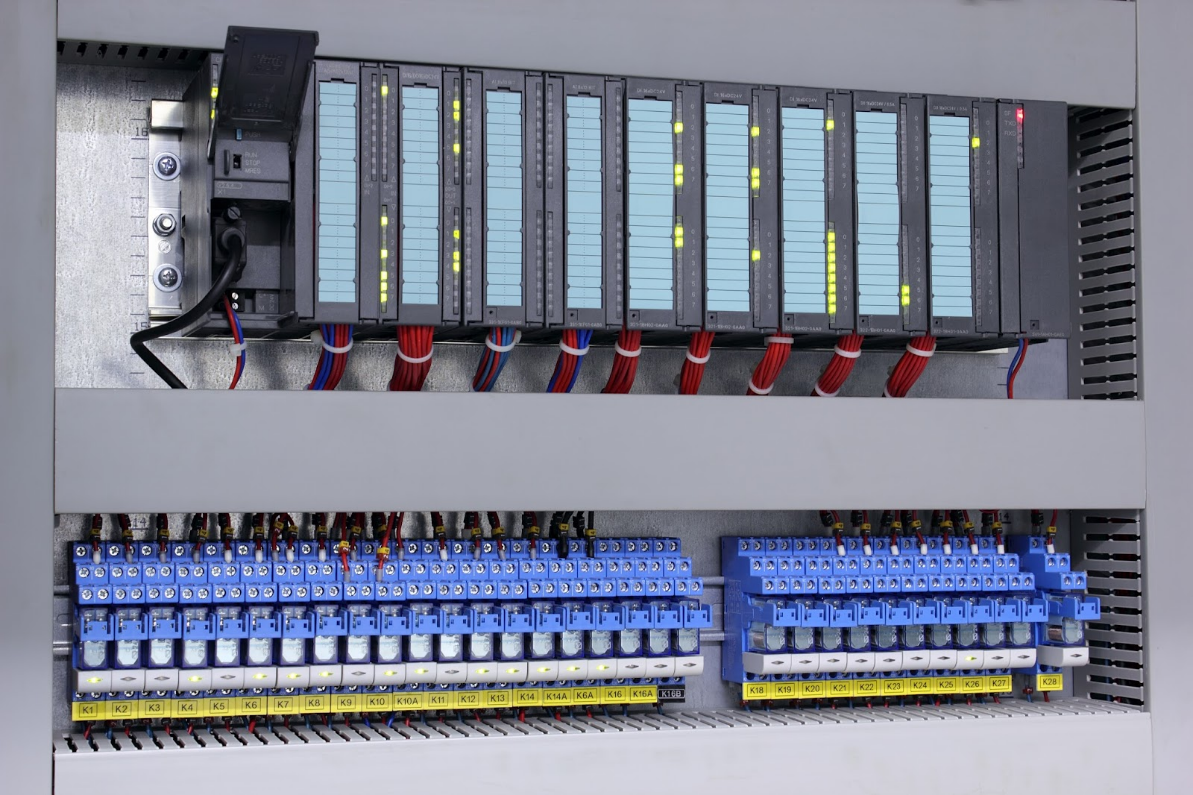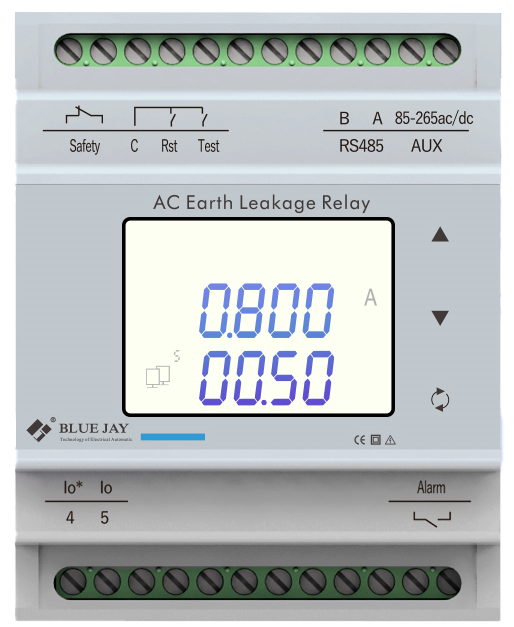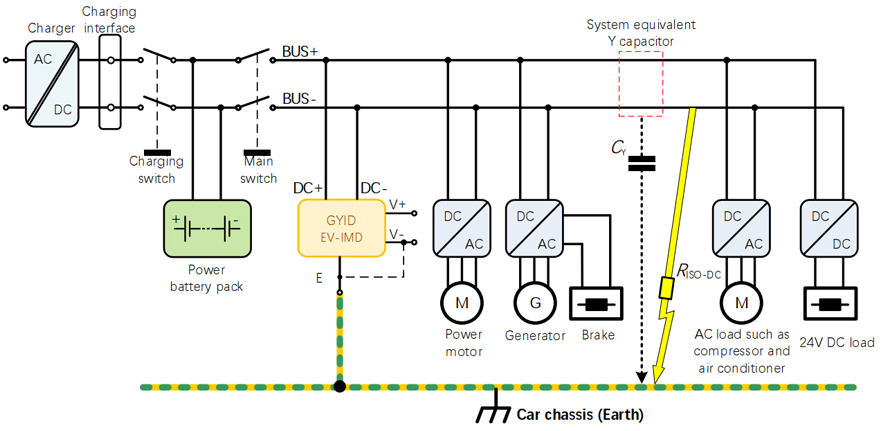Valve positioner types include analog valve positioner, digital valve positioner, Pneumatic Valve Positioner, and Electro-Pneumatic (EP) Valve Positioner. This article will introduce the 4 types of valve positioners from features and applications.
What is a valve positioner?
A valve positioner acts as an intermediary between a control signal (typically from a controller) and a pneumatic or electro-pneumatic actuator, ensuring that the valve stem accurately reflects the desired position indicated by the control signal. This precision control is achieved by amplifying the control signal, compensating for non-linearities and frictions in the pneumatic system, and providing additional air pressure to overcome actuator loads.

Types of Valve Positioners
The realm of valve positioners encompasses a variety of types, each tailored to specific applications and control requirements. Let’s explore the two main categories:
1. Analog Valve Positioners

Analog valve positioners utilize analog signals to control the valve position. They are widely used in traditional pneumatic control systems due to their simplicity and cost-effectiveness.
Key Features of Analog Valve Positioners:
- Proportional Control: Analog positioners employ proportional control, adjusting the actuator position based on the proportional relationship between the control signal and the desired valve position.
- Pneumatic Actuation: They are designed to work with pneumatic actuators, utilizing compressed air to move the valve stem.
Applications of Analog Valve Positioners:
- Simple pneumatic control systems in process industries
- HVAC and temperature control applications
- Pneumatic actuators in power generation plants
2. Digital Valve Positioners

Digital valve positioners leverage the power of digital technology to provide enhanced control and communication capabilities. They are gaining popularity in modern control systems due to their precision, flexibility, and diagnostic features.
Key Features of Digital Valve Positioners:
- Advanced Control Algorithms: Digital positioners employ sophisticated control algorithms, including PID (Proportional-Integral-Derivative) control, to achieve precise and responsive valve positioning.
- Communication Protocols: They support various communication protocols, such as HART and Modbus, enabling integration with industrial control systems and remote monitoring.
- Diagnostic Capabilities: Digital positioners provide diagnostic features, such as self-testing and fault detection, facilitating predictive maintenance and troubleshooting.
Applications of Digital Valve Positioners:
- Complex control systems requiring precise valve positioning
- Industrial automation systems with remote monitoring capabilities
- Pneumatic and electro-pneumatic actuators in critical applications
3. Pneumatic Valve Positioners

A pneumatic valve positioner is a device installed between a pneumatic actuator and a control signal to amplify the control signal to ensure that the valve is positioned accurately according to the position indicated by the control signal. It is widely used in various industrial automation control systems, such as process control, power generation, oil and gas, etc.
Pneumatic valve positioner mainly has the following functions:
Amplify control signals: The control signals of pneumatic control systems are usually low-pressure air signals from controllers or instruments, while pneumatic actuators require higher air pressure to work. Pneumatic valve positioners can amplify low-pressure control signals to high enough air pressure to drive pneumatic actuators.
Overcoming friction and load: In practical applications, the valve will be subject to friction from components such as rods, bearings, packings, etc., as well as pressure from the pipeline medium and other loads during movement. Pneumatic valve positioners can provide additional air pressure to overcome these frictions and loads, ensuring that the valve is positioned exactly where the control signal indicates.
Improve control accuracy and response speed: Pneumatic valve positioners can improve the accuracy and response speed of the control system, allowing the valve to respond to changes in control signals faster and more accurately.
Improve valve characteristics: Pneumatic valve positioners can change the flow characteristics of the valve to make it more consistent with the requirements of the control system.
4. Electro-Pneumatic (EP) Valve Positioner

EP valve positioners bridge the gap between electronic control signals and pneumatic actuators, ensuring accurate valve positioning. Their operation can be summarized in three key steps:
Electronic Signal Reception: An EP valve positioner receives an electronic control signal, typically in the form of a voltage or current signal, from a controller or other electronic device.
Signal Conversion: The positioner intelligently converts the electronic signal into a proportional pneumatic signal. This involves adjusting the air pressure based on the electronic signal’s value, creating a pneumatic representation of the desired valve position.
Precise Valve Actuation: The generated pneumatic signal is directed to the pneumatic actuator, which moves the valve stem to the desired position according to the pneumatic signal’s strength. This ensures accurate and responsive valve control.
The Key Features of EP Valve Positioners
EP valve positioners stand out from their pneumatic counterparts due to their advanced capabilities and enhanced performance:
Superior Precision and Responsiveness: EP positioners offer exceptional precision and responsiveness compared to pneumatic positioners. Their electronic control architecture enables finer control over valve positioning, leading to improved process control and efficiency.
Advanced Control Algorithms: EP positioners can implement sophisticated control algorithms, such as PID (Proportional-Integral-Derivative) control, to achieve unmatched valve positioning accuracy. This adaptability caters to complex control requirements and optimizes process performance.
Communication and Diagnostics: EP positioners support communication protocols like HART and Modbus, enabling seamless integration with industrial control systems and remote monitoring capabilities. Additionally, they provide comprehensive diagnostic features for self-testing and fault detection, facilitating predictive maintenance and troubleshooting.






